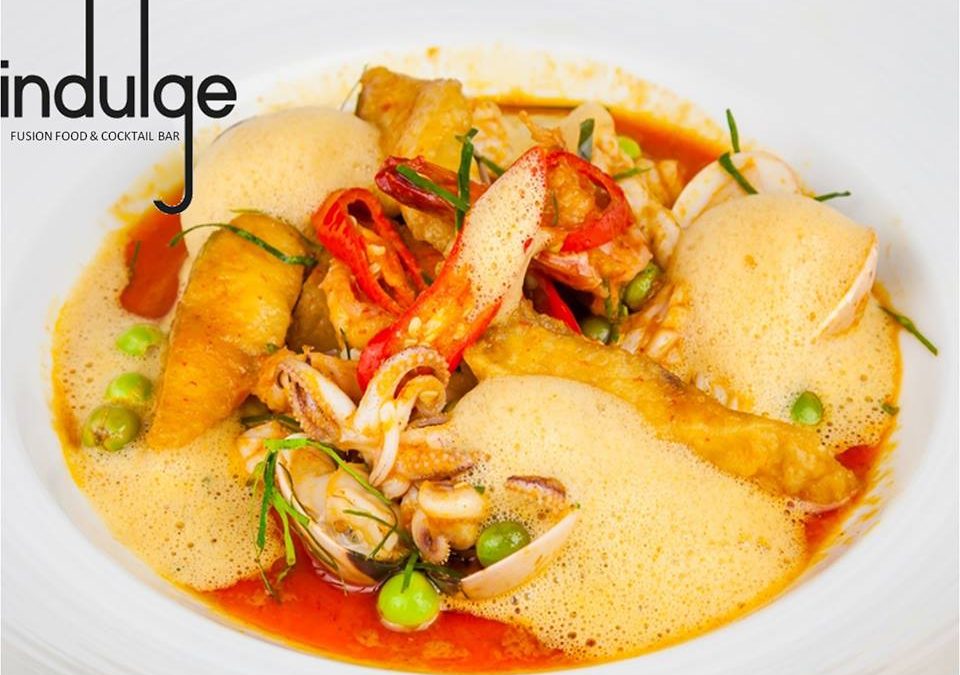It cannot be denied that Thai cuisine is one with a distinct flavor that makes it outstanding. People from different parts of the world, who got a taste of Thai food, wonder why it’s so good. There’s not a lot of secrets that make Thai cuisine exciting. It’s simple. Thai dishes are cooked with oil.
Thai cooks use different types of oil to help them prepare what thrills millions of people. There’s coconut oil and peanut oil. Thai cooks also use palm oil and soybean oil. These oils have a low smoke point. They are all so versatile, which makes them perfect for both grilling and frying.
Additionally, they do not break down quickly. Peanut oil, for example, is the perfect oil to use for stir-frying and deep-frying and can be used again for the same purpose. Coconut and palm oils, on the other hand, solidify on cool and even on room temperature, which is not bad.
If you’re looking to create your very own Thai dish for dinner, you can also use organic oils, sustainably produced oils, and non-GMO oils.
Here are the characteristics of the conventional oils Thai people use for their cooking:
Coconut Oil
Coconut oil and Thai food go so well together because the oil imparts some of its flavors to the Thai cuisine, which is most of the time, coconut-based. Coconut and spices that are in Thai dishes are the ingredients that give Thai food an extra “oomph.”
Coconut oil has a particular nutty and slightly sweet flavor. It’s very high in saturated fat, which is why it’s trendy among health aficionados these days. Coconut oil is perfect for sautéing and can be used for baking as well.
Meanwhile, coconut oil is not the best oil to use for frying because it has a low smoking point at 300 ℉. If you want to use this oil, look for its unrefined version that wasn’t partially hydrogenated because it will have a longer storage life.
Palm Oil
Palm oil, which is extracted from pressing the fruit of the palm tree, has a high smoke point of 450 ℉. This is what makes palm oil desirable for grilling and high heat stir-frying. It does not incorporate its flavor to the dish, unlike the coconut.
An organic red palm oil variety these days has a mild carrot-like flavor and a creamy, buttery texture. Unfortunately, using palm oil is almost unethical. Many species have gone for endangered to extinct. Some species like the orangutans and the gorillas have been displaced because businesspersons destroy their habitats to grow palm trees. These habitats are in Borneo, Sumatra, Bali, and Thailand. If you still want to purchase palm oil for cooking, look for those labeled with Roundtable on Sustainable Palm Oil (RSPO).
Peanut Oil
Peanut oil, like palm oil, has a high smoking point at 450 ℉. This makes it perfect for sautéing, stir-frying, grilling, and even deep-frying.
If you love the taste of peanuts, you will want to use peanut oil on your cooking because it certainly imparts its flavor to the dish. However, you must consider those who are allergic to peanuts. If you’re traveling to Thailand and you’re allergic to peanuts, you must be cautious about what you’re eating. Many Thai dishes are cooked or prepared with peanut oil.
Soybean Oil
This oil is low in saturated fat and high in unsaturated fats. It also has a high smoke point and is inexpensive, hence its popularity.
Well, it’s no wonder why Thai cuisine is full of flavor. The oils they use to add up to the exquisite tastes or do not make the dish more of itself. Take a clue from the Thai.
So, what’s for dinner tonight?
If you are looking for good food in Bangkok, get in touch with us today to book your table!

